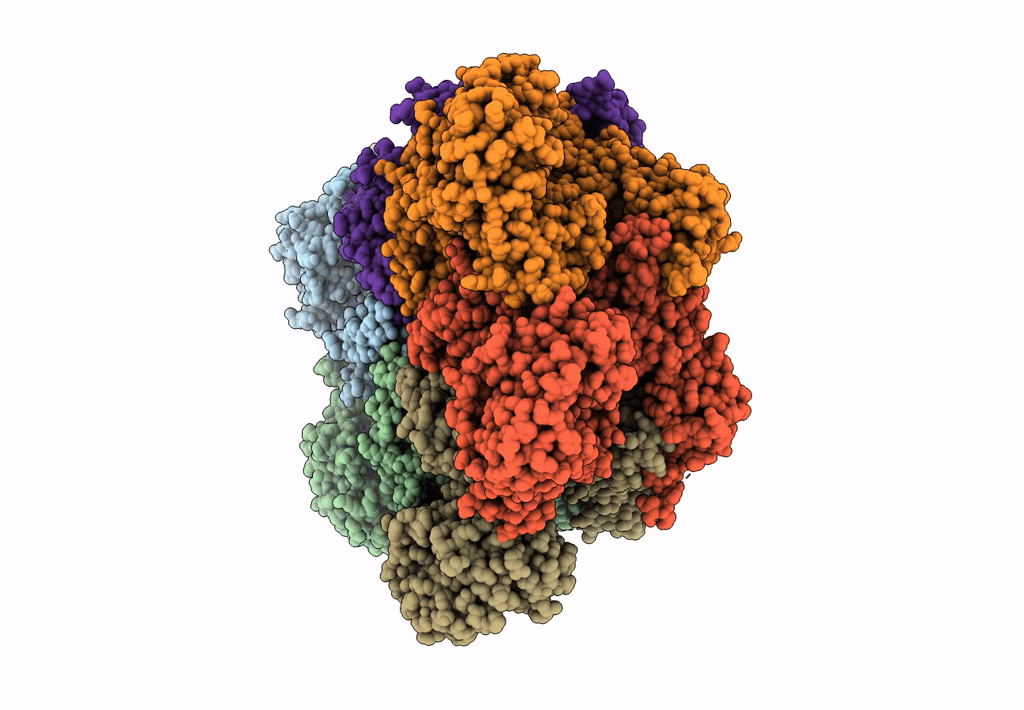
Deposition Date
2021-04-05
Release Date
2021-08-25
Last Version Date
2025-05-28
Method Details:
Experimental Method:
Resolution:
4.86 Å
Aggregation State:
PARTICLE
Reconstruction Method:
SINGLE PARTICLE


